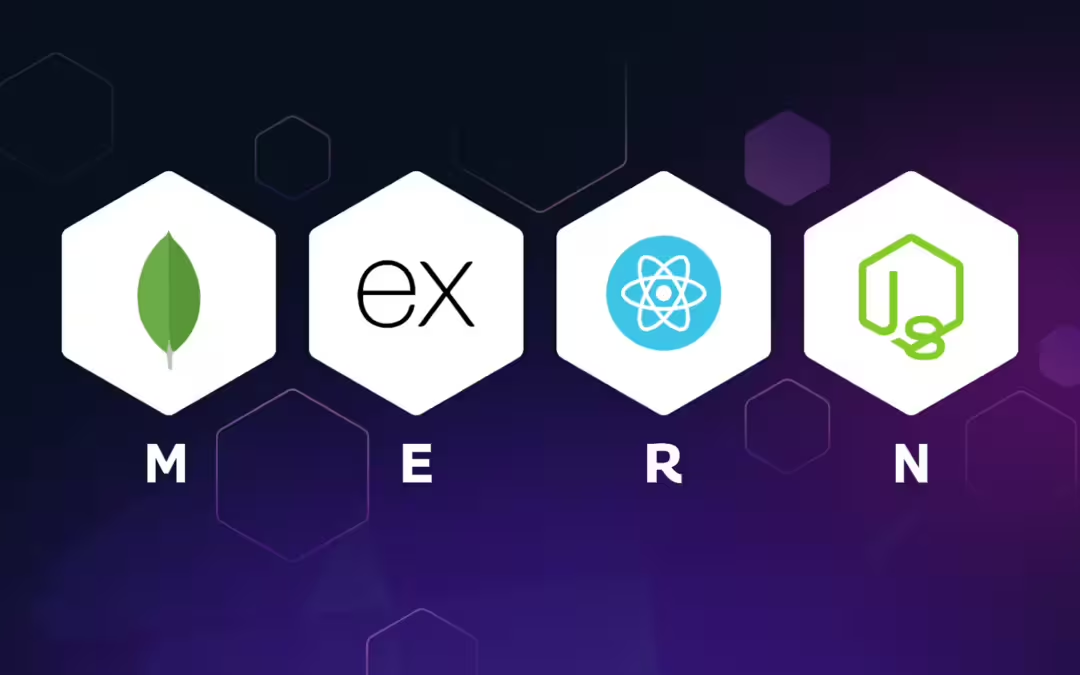Are you struggling to manage your MERN stack projects efficiently? Whether you’re building a simple web application or a complex enterprise solution, having a streamlined workflow can make the difference between project success and endless delays. In this comprehensive guide, we’ll explore proven strategies to optimize your MERN (MongoDB, Express.js, React.js, Node.js) stack development process.
Table of Contents
- Project Setup and Structure
- Development Environment Configuration
- Best Practices for Each Stack Component
- Automation and Testing
- Deployment and Maintenance
- Common Pitfalls and Solutions
1. Project Setup and Structure
Directory Organization
A well-organized project structure is crucial for maintainability and scalability. Here’s a recommended structure:
project-root/
├── client/ # React frontend
│ ├── public/
│ ├── src/
│ │ ├── components/
│ │ ├── pages/
│ │ ├── services/
│ │ └── utils/
├── server/ # Node.js backend
│ ├── config/
│ ├── controllers/
│ ├── models/
│ ├── routes/
│ └── middleware/
└── shared/ # Shared utilitiesInitial Setup Checklist
- Initialize separate package.json for client and server
- Set up environment variables management
- Configure Git and .gitignore
- Implement consistent coding standards with ESLint and Prettier
2. Development Environment Configuration
Essential Tools
- Version Control: Git with conventional commit messages
- Package Management: npm or yarn with lock files
- Environment Variables: dotenv for configuration
- Development Server: nodemon for auto-reloading
- Code Quality: ESLint, Prettier, and TypeScript
Development Workflow
- Use concurrent running of frontend and backend servers
- Implement hot reloading for both React and Node.js
- Set up proxy configuration for development API calls
3. Best Practices for Each Stack Component
MongoDB
- Use Mongoose for schema validation
- Implement proper indexing strategies
- Create data models with clear relationships
- Use aggregation pipelines for complex queries
Express.js
- Implement proper error handling middleware
- Use router modules for clean code organization
- Implement request validation
- Set up secure authentication flows
React.js
- Implement proper state management (Context API or Redux)
- Use custom hooks for reusable logic
- Implement lazy loading for better performance
- Follow component composition patterns
Node.js
- Use async/await for clean asynchronous code
- Implement proper logging mechanisms
- Handle process errors and uncaught exceptions
- Use clustering for better performance
4. Automation and Testing
Testing Strategy
- Unit tests for individual components
- Integration tests for API endpoints
- End-to-end tests for critical user flows
- Performance testing for optimization
CI/CD Pipeline
- Automated testing on pull requests
- Code quality checks
- Automated builds
- Staged deployment process
5. Deployment and Maintenance
Deployment Checklist
- Environment configuration
- Database backups and monitoring
- SSL certificate setup
- Performance optimization
- Error tracking setup
Monitoring and Maintenance
- Implement logging and monitoring tools
- Set up automated backups
- Configure alerts for critical issues
- Regular security updates
6. Common Pitfalls and Solutions
Performance Issues
- Implement proper caching strategies
- Optimize database queries
- Use CDN for static assets
- Implement code splitting
Security Concerns
- Input validation
- Authentication and authorization
- Data encryption
- Regular security audits
Conclusion
A well-structured MERN stack workflow is essential for successful project delivery. By following these guidelines and best practices, you can significantly improve your development process, reduce technical debt, and deliver high-quality applications more efficiently.
Remember that every project is unique, and you should adapt these practices to fit your specific needs. Start implementing these strategies incrementally, and you’ll see immediate improvements in your development workflow.
Next Steps
- Evaluate your current workflow against these guidelines
- Identify areas for improvement
- Create a plan to implement changes
- Monitor and adjust as needed
Need help implementing these practices in your MERN stack project? Feel free to reach out for professional guidance and support.
Hanzala — Software Developer🎓
Thank you for reading until the end. Before you go:
- Follow me X | LinkedIn | Facebook | GitHub
- Reach Out hi@hanzala.co.in
